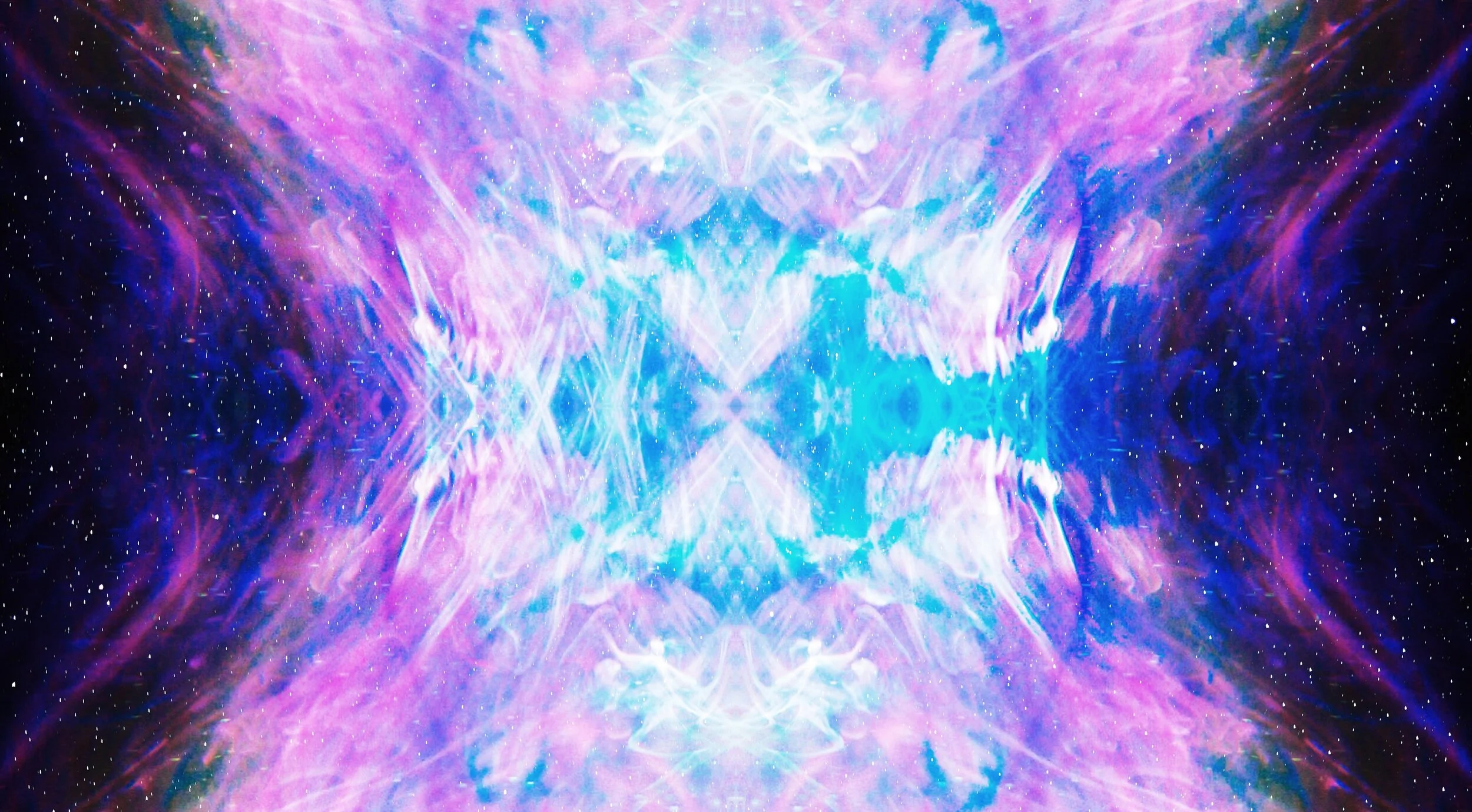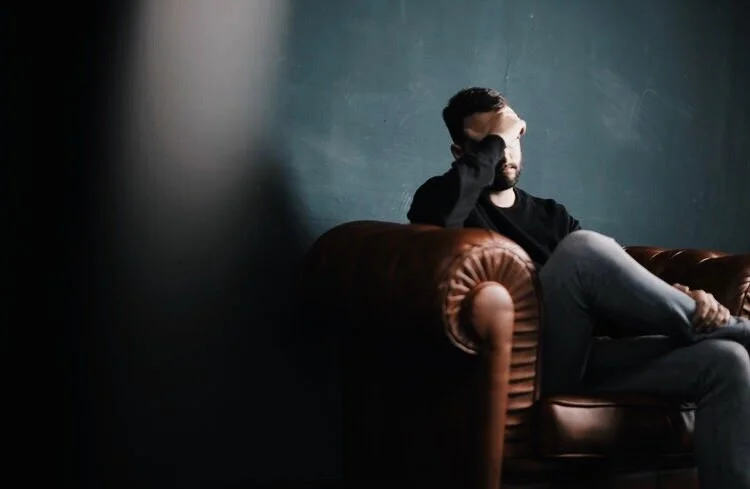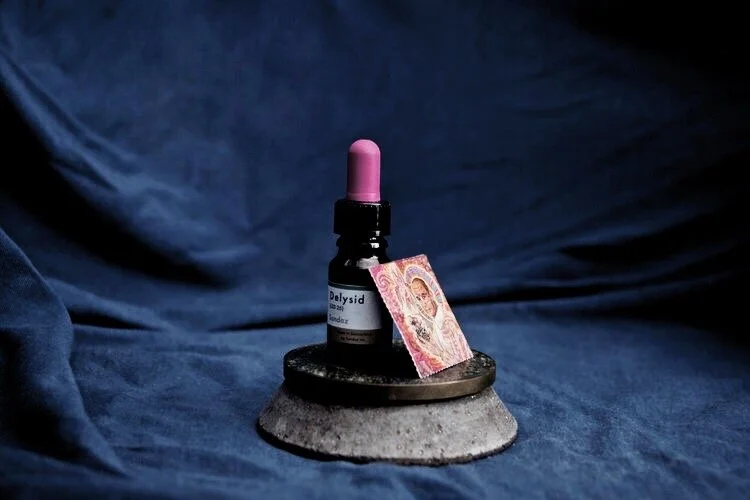
RECENT
Are psychedelics a better way to treat depression and addiction?
We desperately need a new approach to treating the mental health problems of depression and addiction and psychedelics have shown a lot of promise. This article outlines some of the recent medical developments in psychedelic therapies.
“Depression and addiction are serious problems,
we need new ways to treat them.”
Depression is a major problem facing the developed world. It is estimated that treatment resistant depression affects around 100 million people. Depression is one of the fastest growing health problems and the leading cause of ill health and disability worldwide.
The rise in drug addiction and overdoses has also been linked to depression. The problem is particularly evident in the United States with the opioid epidemic. For every 1 percent increase in the population that has a depression diagnosis, there is a 25-35% increase in opioid deaths (1).
Last year average life expectancy in the U.S. declined due to rising suicide and drug overdoses. Combined suicide and drug overdoses are now a leading cause of death for 15-34 year olds (2, 3).
The most commonly prescribed medications for depression are SSRI’s (Selective Serotonin Reuptake Inhibitors). SSRI’s are lifesavers for many people however unfortunately for many others they are ineffective.
Talking therapy and behavioral changes can also be effective ways to treat depression, but these therapies take time, and are mostly only effective for mild and moderate depression. It can also be difficult for people suffering from depression to make such lifestyle changes last.
We desperately need a new approach to treating the mental health problems of depression and addiction and psychedelics have shown a lot of promise.
A brief history of psychedelics
Psychedelics were only introduced to western society relatively recently. It was the Swiss chemist, Albert Hofmann who discovered the effects of LSD by accidentally ingesting it in 1943. In 1959 Hofmann was the first to synthesize psilocybin, the active ingredient in magic mushrooms.
In the early year’s psychedelics were viewed by the medical and scientific community as drugs with promising potential. Beginning in the fifties psychedelics had been used to treat a range of conditions including addiction and depression, LSD was viewed by many as a potential miracle cure for alcoholism.
Unfortunately, psychedelics were also tightly linked to the counterculture movement in the 1960’s. President Nixon believed psychedelics were at least partly to blame for the backlash against the Vietnam war. A blatantly incorrect scientific study on the dangers of LSD also led to increased public concern (4).
In 1966 the US federal government made LSD illegal and in 1970 they classified LSD as a schedule 1 drug in the Controlled Substances Act. A schedule 1 drug is supposed to be
a drug which has high a potential for abuse, has no medical use and for which there is a lack of safety.
This classification effectively shut down all the medical research which was being conducted. Soon after LSD was classified a schedule 1 drug the other psychedelic substances would also join the list.
Are they dangerous?
It is worth noting that most of the concern in the 60’s was overblown. Perhaps these drugs were powerful forces of social change but pharmacologically they are remarkably safe. In fact the traditional psychedelics LSD and psilocybin do not have a known lethal dose. The drugs are not toxic to the liver or other body tissue and have very few drug interactions. No long term physical effects have been observed either. In addition they are not considered addictive. In fact alcohol is believed to be far more harmful than LSD (5).
It should be noted however that there is a psychological risk for people predisposed to schizophrenia or with borderline personality disorders. In addition these drugs cause significant disruption to senses and loss of motor skills. Therefore it is critical that all patients are carefully screened for psychological conditions before administering the drug and all patients need to be closely supervised to ensure they do not accidentally harm themselves while under the influence of these drugs.
What does the research show?
In recent years medical research into applications for psychedelics has begun again in earnest. Clinical studies are already underway at both John Hopkins University and New York University, and several other universities globally exploring the potential for psychedelic drugs such as psilocybin in the treatment of depression, drug addiction, and other anxiety disorders. The results have been promising.
The Food and Drug Administration and the European Medical Association have both classified psilocybin with breakthrough therapy status, this means the early studies have shown such promise that they have decided to expedite the review process in the hope of fast tracking the development of new treatments.
For Depression
Psilocybin, the psychoactive ingredient in magic mushroom has been shown to be effective in treating anxiety and depression, especially in patients with life threatening cancer diagnoses (6).
One study examined 51 patients experiencing depression or anxiety in response to a life-threatening cancer diagnosis. The study was conducted as a double blind, placebo-controlled study. Participants were administered either a low dose placebo or a high dose.
The sessions were conducted in a comfortable environment with two observers present. Participants were encouraged to lie down on the couch, use an eye mask and listen to music through headphones. They were then encouraged to focus on their inner experiences throughout the session.
The results were striking, 83% of participants reported significant increases in well-being and satisfaction 6 months after a single high dose of psilocybin. Interestingly friends, family and colleagues who were interviewed also noticed positive changes in the participants well being and life satisfaction (7).
In a separate study participants who had treatment resistant depression were given a two doses of psilocybin. All participants showed decreased depressive symptoms one week after treatment and almost half continued to show decreased depressive symptoms after 5 weeks (8).
Compass pathways, a life sciences company founded in 2016 is now conducting the first large-scale psilocybin therapy trial for treatment resistant depression, which will take place in Europe and North America in 2019 (9).
In another study researchers noticed that 5-MeO-DMT, one of the strongest psychedelics known, when used in a ritualistic group setting was associated with unintended improvements in depression and anxiety (10).
The effects of 5-MeO-DMT last for around 30-45 minutes, which is much shorter than either LSD (~6-15 hours) or psilocybin (6-8 hours). It is for this reason interesting and perhaps easier to use in a clinical setting. However, the effects of 5-MeO-DMT are the most intense of all psychedelics and it is for this reason that most people experienced in using psychedelics would not recommend 5-MeO-DMT for the first-time user.
For Addiction
In the 50s and 60s psychedelics were regarded by some as a potential miracle cure for addiction. In one study alcoholics who had not responded to treatment were treated with LSD and 40-45% of them had not returned to drinking after a year (11).
The founder of Alcoholics Anonymous, Bill Wilson tried LSD at the Veterans Administration (VA) hospital in Los Angeles on 29 August 1956. Wilson wrote that he believed LSD could have value in the treatment of alcoholics. In Wilsons words “The vision and insights given by LSD could create a large incentive – at least in a considerable number of people." (11)
Unfortunately, most of this knowledge and research conducted during this time was shelved after LSD was classified a schedule 1 drug, however recently these substances are being studied again for addiction.
A recent study examined the efficacy of psilocybin assisted therapy to help people quit smoking. The results were impressive, 80% of participants were not smoking 6 months after the treatment. Currently the most effective smoking treatments struggle to achieve success rates higher than 30%.
What is also interesting is these results were achieved while administering the drug only 3 times. The first dose was administered on the day the subjects decided to quit smoking, a second dose two weeks later and a third dose 8 weeks later.
Again the drugs were administered in a comfortable setting with two professionals supervising. The participants wore eyemasks and listed to music through headphones. This encourages them to have an inward focused trip. The supervisors would try not to involve themselves in the experience.
The researchers noted that the effects witnessed were not a direct biological response to the drug but rather “When administered after careful preparation and in a therapeutic context, psilocybin can lead to deep reflection about one’s life and spark motivation to change.” (12)
Set and setting
A common theme from all the research is that these drugs must be done in the right environment and with appropriate support to prepare for the experience. Support and supervision is required during the experience itself and also to integrate the experience afterwards.
These experiences are like thousands of hours of therapy condensed into a few hours. If the experience is negative there are likely to be no benefits and perhaps it could be harmful. The psychedelic experience or “trip” is very dependent on “set and setting”, participants must feel comfortable and safe, and they must approach the experience with a clear intention.
The way forward
As psychedelics remain illegal in the US and in most countries, there is a growing number of underground psychedelic therapists. Many of these therapists are doing excellent work however as they are forced to operate outside the law, it is difficult to regulate these operations and it leaves open the opportunity for exploitation.
It is good to see FDA and EMA are fast tracking the approval process. Such drugs could potentially be approved for use in next 5 years. Partial legalization of these drugs would bring their use into the established medical and therapeutic community, helping establish rules and structure around the ethical use.
A strong framework needs to be established so these drugs are used responsibly and to ensure their efficacy. These drugs should only be taken in appropriate settings with correct intentions and supervised by professionals who are trained appropriately and subject to strict ethical standards. Such a framework will minimize the potential for exploitation or negative experiences and should also help prohibit a similar backlash as we saw in the 1960’s.
If you are interested in learning more about psychedelics, I suggest reading Michael Pollens book, How to Change your Mind, which can be purchase on Amazon.
References
1. https://link.springer.com/article/10.1007%2Fs00127-018-1594-y
2. https://www.cdc.gov/nchs/products/databriefs/db330.htm
3. https://www.cdc.gov/nchs/products/databriefs/db329.htm
4. https://www.sciencenews.org/article/1967-lsd-was-briefly-labeled-breaker-
chromosomes
5. https://www.thelancet.com/journals/lancet/article/PIIS0140-6736(10)61462-
6/fulltext
6. https://www.ncbi.nlm.nih.gov/pubmed/28585222
7. https://www.ncbi.nlm.nih.gov/pmc/articles/PMC5367557/
8. https://www.nature.com/articles/s41598-017-13282-7
10. https://www.tandfonline.com/doi/full/10.1080/00952990.2018.1545024
11. https://www.ncbi.nlm.nih.gov/pmc/articles/PMC381240/
12. https://hub.jhu.edu/2014/09/11/magic-mushrooms-smoking/



